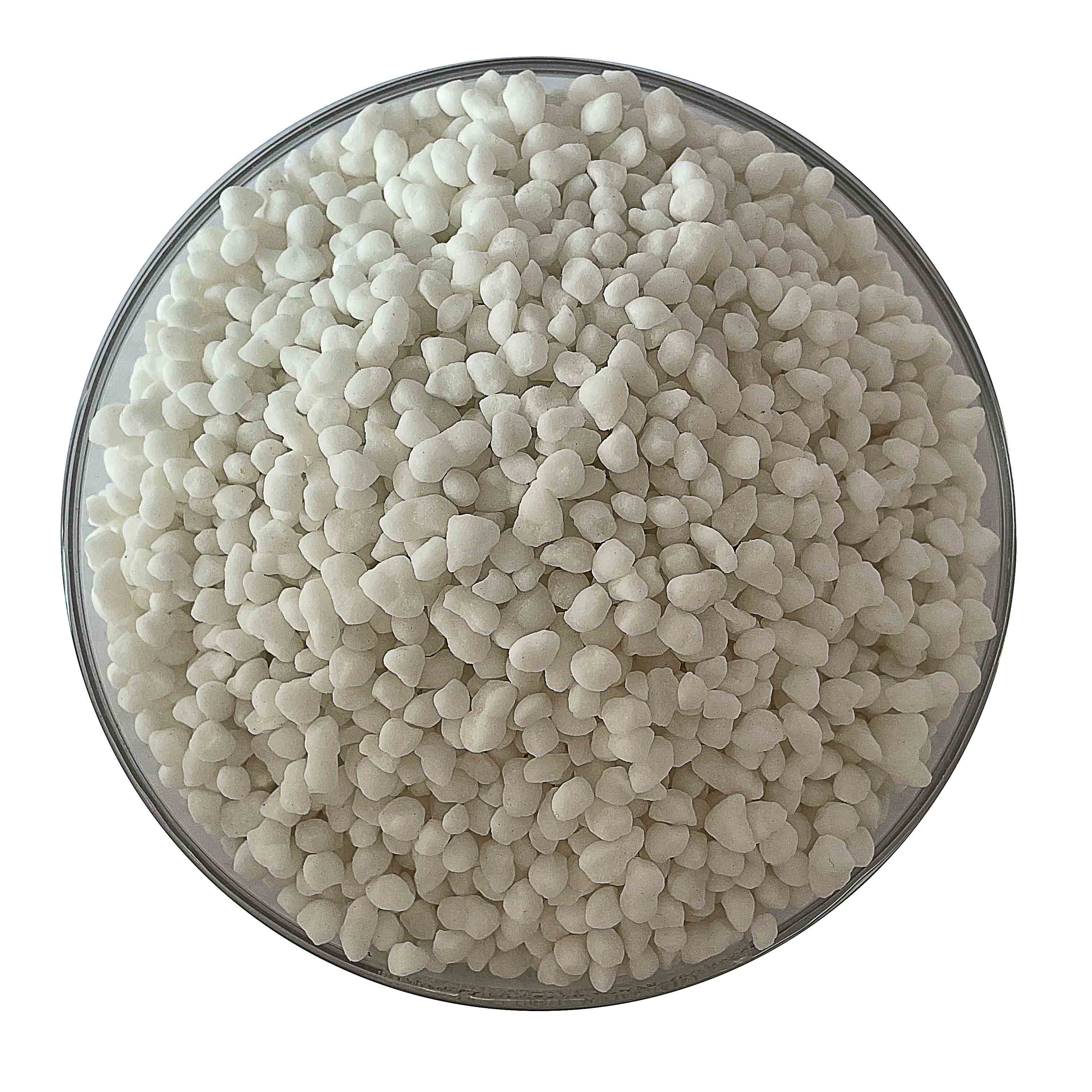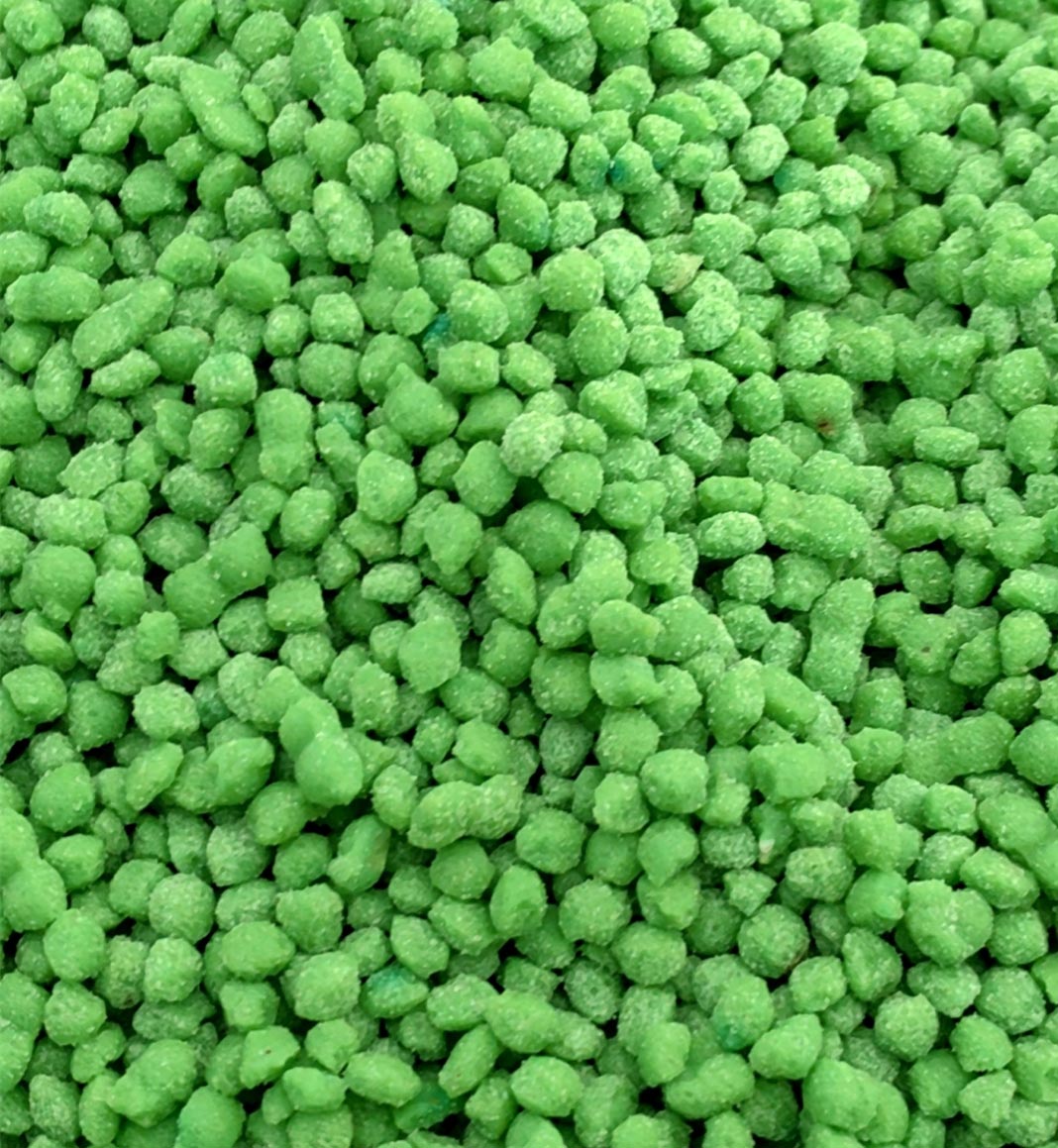
Oct . 18, 2025 11:30 Back to list
10 10 10 Fertilizer Organic - Balanced NPK, Water-Soluble
Is 10-10-10 Fertilizer Organic? A Practical Field Guide From the Blending Room
People search for 10 10 10 fertilizer organic all the time. To be honest, the term gets tossed around loosely. In certified organic systems, synthetic nitrogen is restricted; yet many lawn-and-garden retailers sell “organic-based” 10-10-10. Here’s the insider view—how pros build truly effective blends, what’s in the bag, and when to use what.

Industry trend: organic-based NPK with sulfur support
Two currents are converging: demand for organic matter (carbon-smart soils) and the agronomic need for sulfur. Surprisingly, many soils now test sulfur-deficient. That’s why ammonium sulfate keeps showing up in “organic-based” blends—while not certified-organic, it’s used to stabilize nitrogen and add plant-available sulfate.
Featured component for balanced blends
Product: Ammonium sulphate white or color granular N 21% S 24% (aka (NH4)2SO4). I’ve toured plants that run this as a clean, consistent nitrogen/sulfur source for turf mixes, orchards, and greenhouse base blends.

Technical specifications (typical)
| Total Nitrogen (N) | ≥20.5% | Moisture | ≤1.5% |
| Sulphur (S) as SO4 | ≥23.5% | Free Acid (H2SO4) | ≤0.05% |
| Insolubles in Water | ≤0.5% | Particle Size | 2–5 mm ≥90% |
| Appearance | White/color granular (OEM colors) | Packaging | 10/25/50 kg; Jumbo |
| Container Load | 26–27 t/20GP | Origin | Shijiazhuang, Hebei, China |

Wait—so is 10 10 10 fertilizer organic… organic?
If you need bona fide certified-organic, stick to inputs allowed by your certifier (e.g., composts, rock phosphate, sulfate of potash-magnesia, feather/bone meals). Ammonium sulfate is generally not permitted under USDA NOP for organic crop production. However, many “organic-based” 10-10-10 blends use a majority of organic matter, then add a small portion of ammonium sulfate to meet guaranteed N and sulfur. Labeling varies—always read the fine print.

How blenders hit a “10-10-10 organic-based” target
- Materials: composted poultry litter (4-3-2 ≈), bone meal (P), rock phosphate (P), sulfate of potash (K), ammonium sulfate (N+S), sometimes seaweed meal.
- Methods: screening, precision weighing, paddle or drum blending, optional pan granulation, drying, cooling, anti-caking coat, bagging.
- Testing: N by Kjeldahl/Dumas (AOAC), moisture and sieve analysis in ISO/IEC 17025–accredited labs; third-party verification (e.g., SGS) in real-world programs.
- Service life: shelf life 24 months dry; field nutrient availability ≈4–8 weeks depending on soil temp and OM.
- Industries: turfgrass, horticulture, orchards, greenhouse base mixes, landscape supply.

Vendor comparison (real-world buyers ask these)
| Criteria | HHFertilizer (Hebei) | Local Co‑op | Import Broker |
|---|---|---|---|
| MOQ / Load | 20GP ≈26–27 t | Loose bags; smaller lots | Varies; partials rare |
| Customization | OEM color granules, private-label bags | Limited | Sometimes |
| Certs/QC | Factory QC; third‑party test on request | In‑house tests | Paperwork heavy; QC varies |
| Lead Time | Factory schedule + ocean | Immediate stock | Broker dependent |

Field notes, feedback, and use-cases
- Turf farm, transition season: switched from urea-only to ammonium sulfate–fortified 10‑10‑10; reported steadier color and fewer surge clippings.
- Vegetable greenhouse: micro‑dose ammonium sulfate in a 10‑10‑10 organic-based starter; improved early vigor in cool media, according to the grower.
- Citrus blocks on sandy soils: sulfur component helped leaf tissue S climb into sufficiency band within one quarter, lab data ≈10–15% improvement.
One caveat: if you truly need certified-organic, ask your certifier before using any component that isn’t listed. Marketing terms can be fuzzy; compliance isn’t.
Testing, standards, and documentation
Common practice includes AOAC methods for total N (Kjeldahl/Dumas), sieve and moisture checks, and using ISO/IEC 17025–accredited labs. Many customers say third‑party verification (SGS, Intertek) adds confidence, especially for import lots. Keep COAs and batch numbers on file; real-world use may vary with soil pH, temperature, and irrigation.
Bottom line
A genuine certified-organic 10 10 10 fertilizer organic is rare and usually expensive. Organic-based 10‑10‑10, fortified with ammonium sulfate, is common and effective—just label it honestly. For custom blends, OEM colors, and consistent 2–5 mm granules, this Hebei line has been straightforward to work with, in my experience.
Authoritative citations
-
Organic Vegetable Fertilizer: Sustainable Growth for Healthier Gardens and Farms
NewsNov.17,2025
-
Organic Vegetable Garden Fertilizer: Sustainable Growth for Healthy Soils
NewsNov.17,2025
-
Organic Vegetable Plant Fertilizer: Sustainable Solutions for Healthy Crops and Soil
NewsNov.15,2025
-
Organic Water Soluble Fertilizer for Seedlings: Sustainable Growth Solution
NewsNov.15,2025
-
Organic Water Soluble Fertilizer for Tomatoes | HH Fertilizer
NewsNov.14,2025
-
Organic Water Soluble Fertilizer for Vegetables: A Sustainable Growth Solution
NewsNov.14,2025
